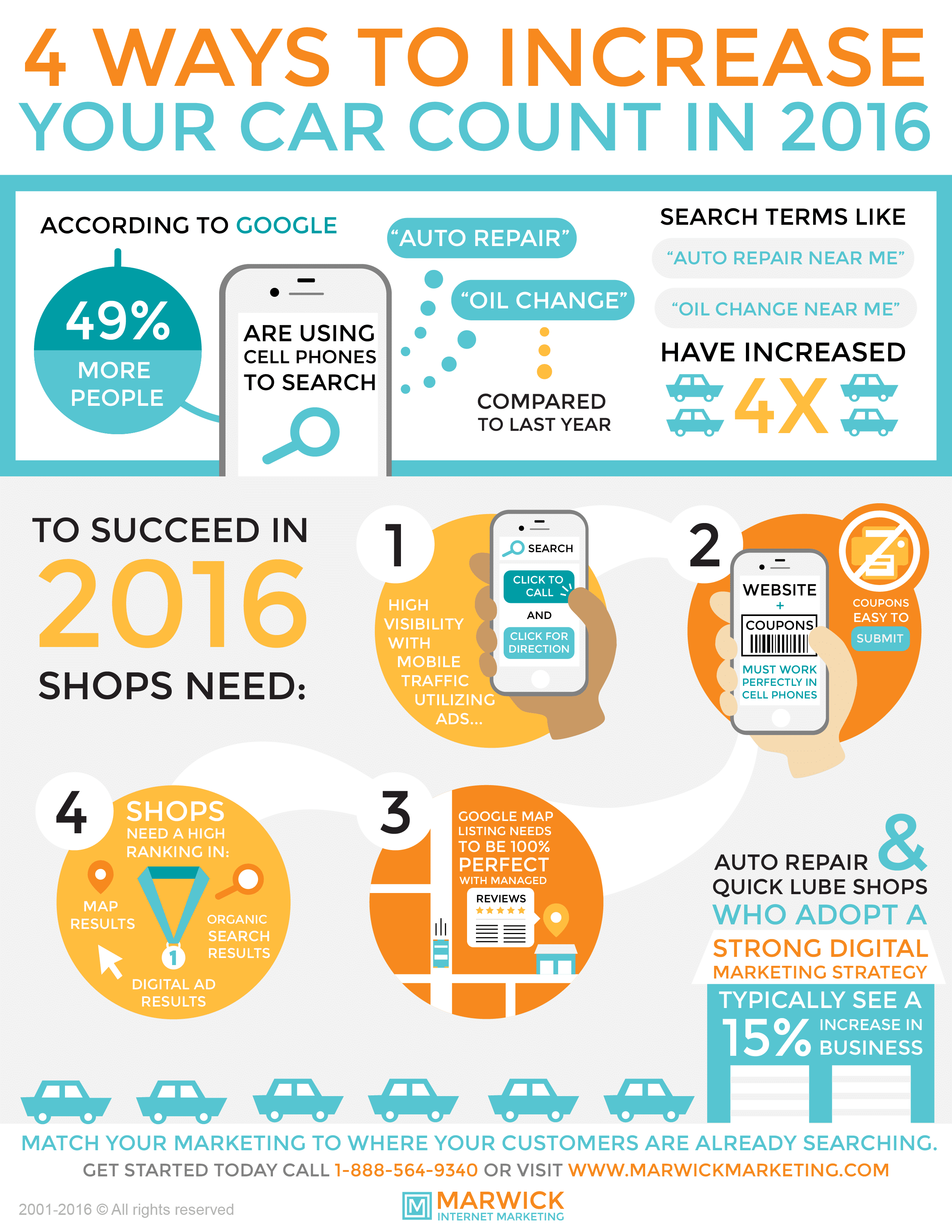Wondering Concerning The Meaning Behind Those Dashboard Caution Lights? Gain Understandings Into Their Effects For Your Car'S Safety And Maintenance
Wondering Concerning The Meaning Behind Those Dashboard Caution Lights? Gain Understandings Into Their Effects For Your Car'S Safety And Maintenance
Blog Article
car grooming products -Lim Corbett
When you lag the wheel, those glowing caution lights on your dashboard can be a little bit bewildering. Do you know what they're attempting to tell you regarding your automobile's wellness? Comprehending the relevance of these lights is important for your safety and security and the long life of your car. So, the next time one of those lights turns up, wouldn't you wish to understand its message properly and take the needed actions to address it?
Common Warning Lighting and Interpretations
Identify usual caution lights in your car and comprehend their definitions to make sure risk-free driving.
The most regular warning lights include the check engine light, which indicates issues with the engine or exhausts system. If this light comes on, it's critical to have your automobile examined quickly.
The oil pressure alerting light indicates reduced oil stress, calling for immediate attention to avoid engine damage.
https://raymondnewof.blogsuperapp.com/31721714/prepare-to-discover-the-realities-of-auto-repair-through-amazing-understandings-that-will-certainly-change-your-point-of-view-you-ll-be-impressed-at-what-you-have-actually-neglected blinking battery light could suggest a faulty charging system, potentially leaving you stranded if not resolved.
The tire pressure monitoring system (TPMS) light signals you to low tire pressure, influencing vehicle stability and fuel performance. Disregarding this might lead to hazardous driving conditions.
The ABS light shows a trouble with the anti-lock braking system, compromising your ability to stop quickly in emergencies.
Finally, the coolant temperature cautioning light warns of engine overheating, which can cause severe damage if not settled swiftly.
Comprehending these typical warning lights will certainly help you address problems without delay and preserve safe driving problems.
Value of Prompt Attention
Understanding the usual caution lights in your vehicle is just the primary step; the significance of without delay attending to these warnings can't be highlighted enough to guarantee your security when traveling.
When a caution light brightens on your dashboard, it's your cars and truck's way of communicating a possible issue that requires attention. Ignoring these cautions can bring about a lot more serious troubles later on, jeopardizing your security and potentially costing you a lot more in repairs.
Motivate interest to alerting lights can prevent failures and mishaps. For example, a flashing check engine light could show a misfire that, if left neglected, can create damage to the catalytic converter. Resolving this quickly can save you from an expensive repair work.
In a similar way, a brake system warning light could signify low brake fluid or used brake pads, crucial elements for your safety when driving.
DIY Troubleshooting Tips
If you see a caution light on your dashboard, there are a couple of DIY troubleshooting pointers you can attempt before seeking expert help.
The first step is to consult your vehicle's guidebook to understand what the details warning light shows. Often the problem can be as simple as a loose gas cap setting off the check engine light. Tightening up the gas cap might fix the problem.
An additional typical problem is a reduced battery, which can set off various cautioning lights. Examining the battery links for deterioration and guaranteeing they're safe and secure might take care of the issue.
If a caution light persists, you can attempt resetting it by disconnecting the auto's battery for a few mins and afterwards reconnecting it. Furthermore, checking your vehicle's fluid levels, such as oil, coolant, and brake liquid, can assist repair cautioning lights connected to these systems.
Conclusion
Finally, comprehending your automobile's caution lights is vital for keeping your car running smoothly and securely. By without delay attending to these informs and recognizing what they imply, you can stay clear of pricey repair services and prospective breakdowns.
Bear in mind to consult your automobile's manual for particular information on each alerting light and act accordingly to ensure a trouble-free driving experience.
Keep informed, stay risk-free on the road!
